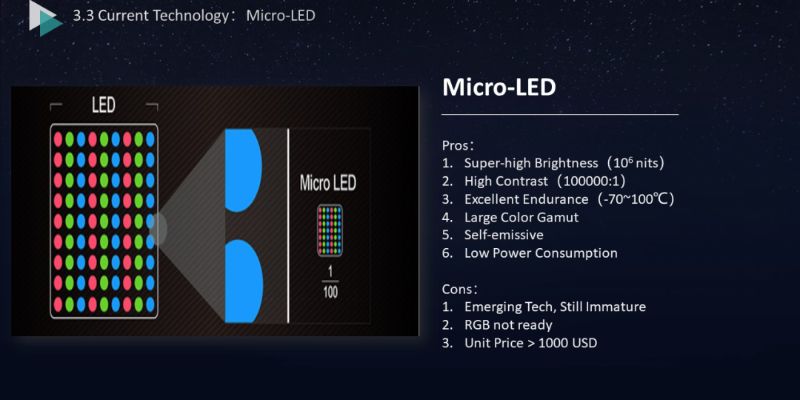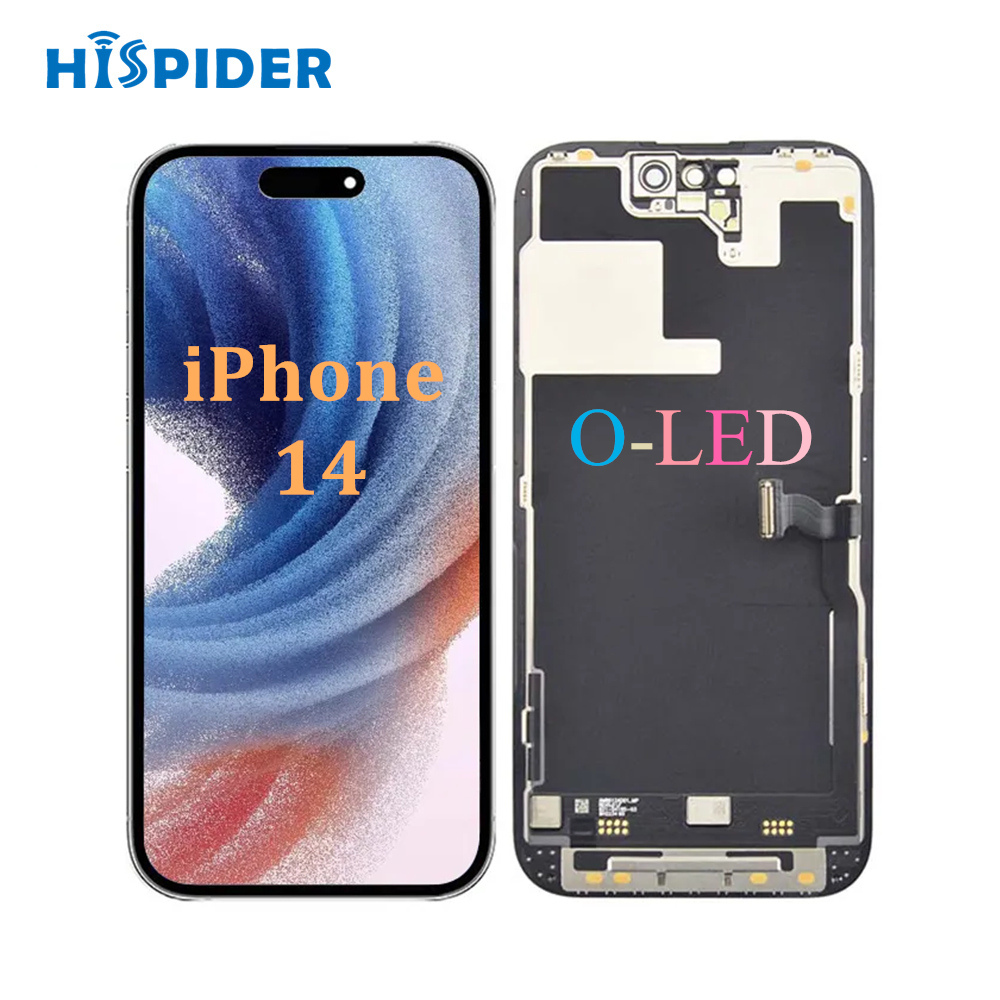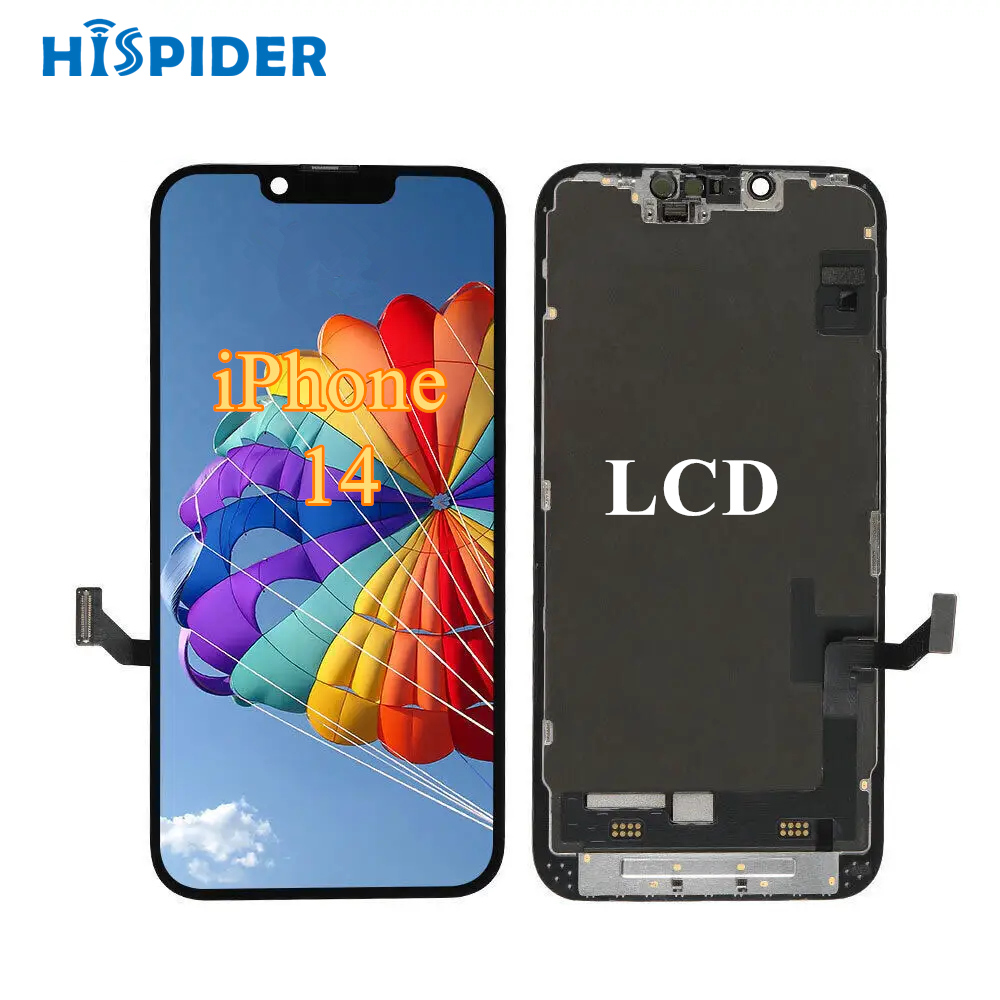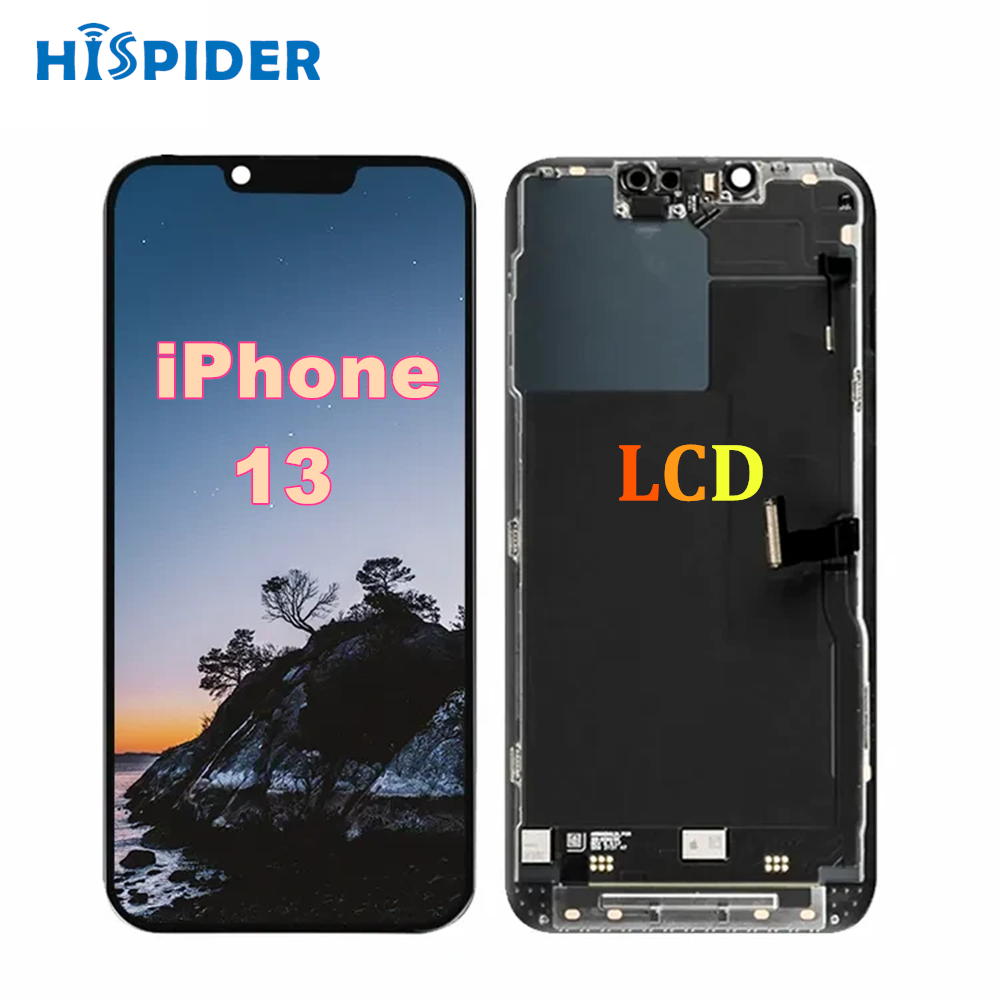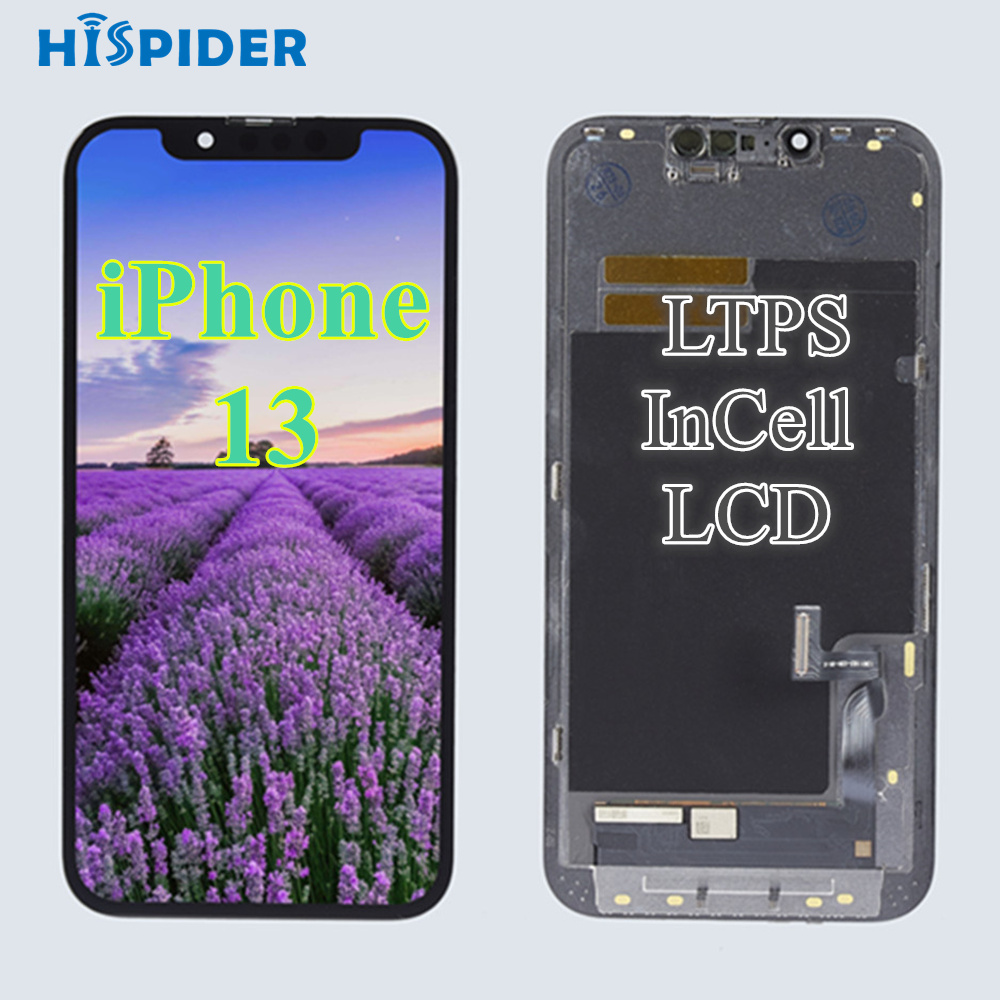Samsung Display has announced that it is developing LEDoS technology
Hispider news: July 13 news, The Elec reported that Kim Gong-min, executive director of the technology strategy team of Samsung Display Research and Development Center, announced at the "DeepTechForum2023" on the 11th that it has begun to develop LEDoS technology that can be used in AR devices.

Kim Gong-min said, "OLEDoS has limitations in meeting the brightness, form factor and product life conditions required to implement microdisplays for AR devices. Our goal is to ensure characteristics while making LEDs very small to ensure higher resolution and brightness, better characteristics and product life. We are developing LEDOS technology using light-emitting diodes."
In addition, Kim Gong-min pointed out: "The wafer technology on the backplane side is currently a technical challenge, if the semiconductor process is used to make (MicroLED chips) smaller to achieve ultra-high resolution screens, there will be completely different characteristics from the LEDs used for lighting." When the LED size is less than 20um or 10um, the characteristics will be significantly reduced, and the expected function cannot be ensured. How to prevent this and achieve (the intended functionality) is a challenge."
The Vision Pro, an MR Device launched by Apple last month, uses OLEDoS (OLED on silicon) technology to deposit organic light-emitting diodes (OLEDs) on a silicon substrate. OLEDoS can be used in VR devices that block the external environment, but due to luminance limitations, it is difficult to use OLEDoS in AR devices that can see the external environment.
AR/VR devices are near-eye displays, so they are different from existing display concepts. Unlike the pixel density PPI (pixels per degree) used in traditional flat panel displays, the concept of PPD (pixels per inch) is important. Kim Gong-min added, "It is well known that users with visual acuity of 0.8 to 1.0 need 30 to 40 PPD, and those with visual acuity of 1.5 to 2.0 need 50 to 60 PPD."

